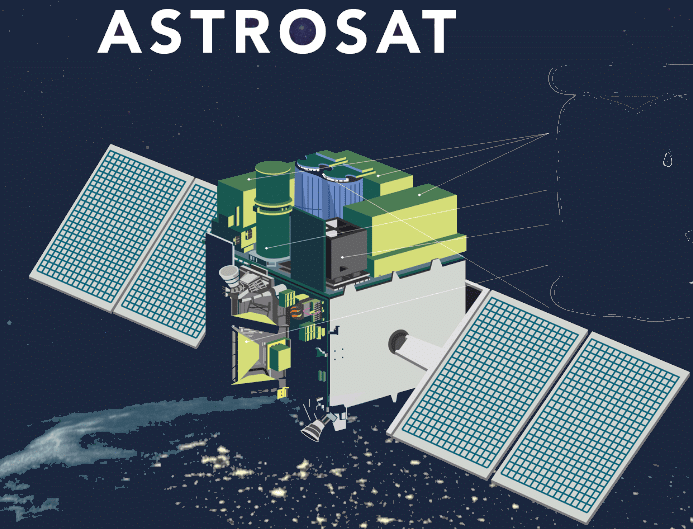UPSC Exam > UPSC Notes > PIB (Press Information Bureau) Summary > PIB Summary- 14th October, 2024
PIB Summary- 14th October, 2024 | PIB (Press Information Bureau) Summary - UPSC PDF Download
MLALAD Fund
Context
Recently, the Delhi cabinet approved a 50% hike in MLA-LAD (local area development) funds, increasing the annual allocation to legislators from the current ₹10 crore to ₹15 crore.
About MLALAD Fund:
- It is patterned after a similar scheme for MPs that provides funds to each constituency directly from the government.
- Like MPs, MLAs don’t get the money directly but are empowered to recommend work to be executed under the scheme.
- MLALAD and MPLAD have their own set of rules, but the projects sanctioned under them are normally restricted to “durable infrastructure work,” from repairing roads to building community centres.
- All MLAs are entitled under the scheme to recommend items to the Deputy Commissioner of their district, within the yearly allocations, for their constituency.
- MLALAD funds are issued annually to MLAs for local development, such as repairing roads, streetlights, developing parks, and laying sewer lines in colonies.
- The work must be developmental in nature, based on locally felt needs.
- The work should be completed within one financial year and result in the creation of durable assets.
- The assistance provided under the MLALAD Scheme is sanctioned as Grant-in-aid for utilisation by the districts.
Question for PIB Summary- 14th October, 2024Try yourself: What type of projects can be sanctioned under the MLALAD scheme?View Solution
AstroSat

Context
Recently, India’s AstroSat and NASA’s space observatories have captured dramatic eruptions from stellar wreckage around a massive black hole.
About AstroSat
- AstroSat is India’s first dedicated multi-wavelength space observatory, designed to study celestial sources in X-ray, optical, and UV spectral bands simultaneously. It was launched from Satish Dhawan Space Centre, Sriharikota, on September 28, 2015, by the Indian launch vehicle PSLV.
- With a lift-off mass of 1515 kg, AstroSat was placed into a 650 km orbit inclined at an angle of 6 degrees to the equator. The mission has a minimum useful life of around 5 years.
- Managed by the spacecraft control center at the Mission Operations Complex (MOX) of ISRO Telemetry, Tracking and Command Network (ISTRAC) in Bengaluru, AstroSat aims to facilitate the study of cosmic sources such as active galactic nuclei, black holes, and supernovae.
- The observatory also seeks to investigate star birth regions and high-energy processes in binary star systems containing neutron stars and black holes. With its unique ability to observe sources ranging from a few milliarcseconds to tens of arcminutes, AstroSat provides a comprehensive view of the high-energy universe.
Scientific objectives of ASTROSAT mission are:
- To understand high energy processes in binary star systems containing neutron stars and black holes
- Estimate magnetic fields of neutron stars
- Study star birth regions and high energy processes in star systems lying beyond our galaxy
- Detect new briefly bright X-ray sources in the sky
- Perform a limited deep field survey of the Universe in the Ultraviolet region.
Question for PIB Summary- 14th October, 2024Try yourself: Which celestial sources can AstroSat study simultaneously?View Solution
The document PIB Summary- 14th October, 2024 | PIB (Press Information Bureau) Summary - UPSC is a part of the UPSC Course PIB (Press Information Bureau) Summary.
All you need of UPSC at this link: UPSC
FAQs on PIB Summary- 14th October, 2024 - PIB (Press Information Bureau) Summary - UPSC
| 1. What is the purpose of the MLALAD Fund in relation to AstroSat? |  |
Ans. The MLALAD Fund is designed to support research and development initiatives related to AstroSat, India's first dedicated multi-wavelength space observatory. It aims to enhance scientific understanding of the universe through funding projects that utilize AstroSat's capabilities.
| 2. How can researchers apply for funding from the MLALAD Fund? |  |
Ans. Researchers interested in applying for funding from the MLALAD Fund must submit a detailed proposal outlining their project objectives, methodology, and expected outcomes. The application process typically involves a review by a committee of experts in the field.
| 3. What types of projects are eligible for funding under the MLALAD Fund? |  |
Ans. Projects that focus on astronomical research using data from AstroSat, including studies in astrophysics, cosmology, and space science, are eligible for funding. Additionally, projects that promote the use of AstroSat data for educational purposes may also qualify.
| 4. How does the MLALAD Fund contribute to the scientific community? |  |
Ans. The MLALAD Fund contributes to the scientific community by providing financial support for innovative research projects, facilitating collaboration among scientists, and promoting the use of AstroSat data for groundbreaking discoveries in astronomy.
| 5. What are the expected outcomes for projects funded by the MLALAD Fund? |  |
Ans. Projects funded by the MLALAD Fund are expected to yield significant scientific results, such as new findings in astrophysics, publishable research papers, and enhanced understanding of cosmic phenomena, ultimately contributing to the global body of astronomical knowledge.
Related Searches
















